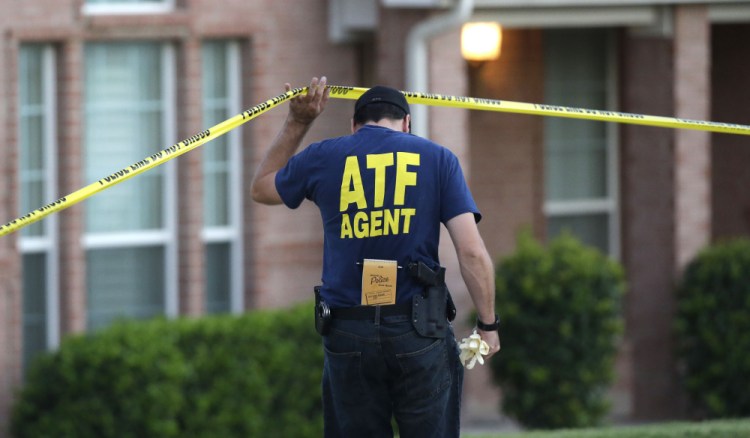Late last month, a man named Matheno El was shot and killed in Washington D.C. Police said the 25-year-old was shot in the back before being pronounced dead at a local hospital. The week before, authorities in New Jersey said a 45-year-old man named Ronald Gwaltney was fatally shot.
Two days earlier, police in Nashville said they arrested a 61-year-old man and accused him of killing Laura L. Jones, his longtime girlfriend, inside his home.
These deaths represented a fraction of the homicides that occurred across this country during the first half of this year, many with relatively little notice.
They also occurred in places that have seen homicides increase in the first half of 2016, something authorities say has been the case in a string of cities across the country.
Police departments in many major cities and metropolitan areas say that homicides and other violent crimes are up midway through 2016 over the same point last year, reports that come as the country’s levels of bloodshed have become a recurring topic in the presidential campaign.
More than two dozen police agencies say killings in their cities were up at the midyear point, in some cases outpacing their 2015 homicide counts by dozens of deaths, according to statistics released Monday.
Much of this violence is continuing in the same places that also saw violence also increase last year, as most cities with higher homicide totals for the first half of 2016 also reported more killings for all of 2015.
Experts urged caution in reviewing the numbers, saying that they do not represent a trend and noting that nearly half of the cities that released homicide numbers this week reported fewer killings this year than last year.
As was the case earlier this year, cities releasing homicide figures roughly split between increases and decreases.
“It’s something that we ought to be concerned about,” said Darrel Stephens, executive director of the Major Cities Chiefs Association, the group of law enforcement leaders that collected and released the data. “The increases, even though the numbers aren’t big in most cities, there’s still an increase over what we’ve seen in years past, and there are lots of cities . . . seeing some kind of increase in violent crime.”
Violent crime took center stage last week during Donald Trump’s acceptance speech at the Republican convention, as he delivered remarks about a nation afflicted with “crime and terrorism and lawlessness.”
President Obama, speaking the day after Trump, echoed many criminologists in pointing out that while violence has increased in some places, the crime rate nationwide remained far lower than it was a quarter-century earlier.
“As disturbing as some of the upticks in crime that we’ve seen in some of our cities around the country, including my home town of Chicago, violent crime is substantially lower today than it was 10 years ago, 20 years ago or 30 years ago,” he said.
Still, Stephens said that even with the numbers trailing behind decades-long trends, he still said the homicide figures his group collects should be a reason for worry.
“Even if we had decreases in every one of our cities, you still have too many people killed in America by homicide, more than any other industrialized nation in the world, and mostly because of gunfire, and mostly in high poverty areas of our communities with a significant impact on African American populations. Yes, we ought to be concerned about it.”
Send questions/comments to the editors.



Success. Please wait for the page to reload. If the page does not reload within 5 seconds, please refresh the page.
Enter your email and password to access comments.
Hi, to comment on stories you must . This profile is in addition to your subscription and website login.
Already have a commenting profile? .
Invalid username/password.
Please check your email to confirm and complete your registration.
Only subscribers are eligible to post comments. Please subscribe or login first for digital access. Here’s why.
Use the form below to reset your password. When you've submitted your account email, we will send an email with a reset code.